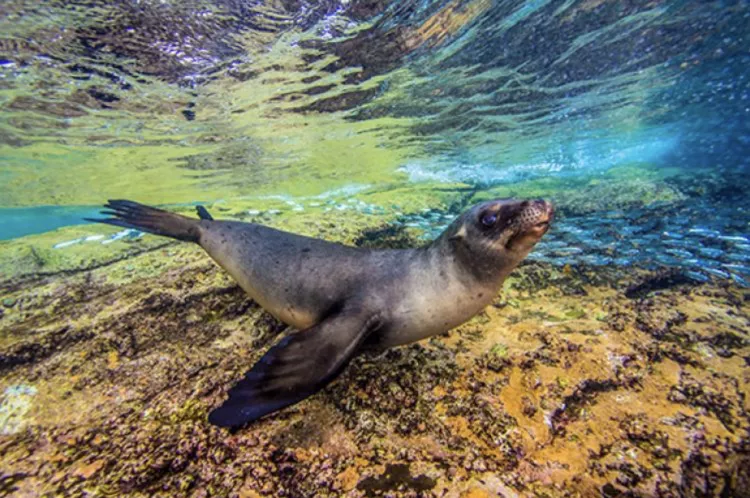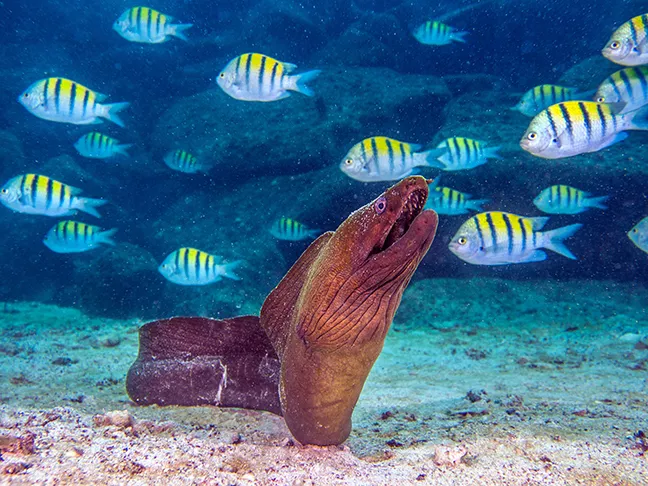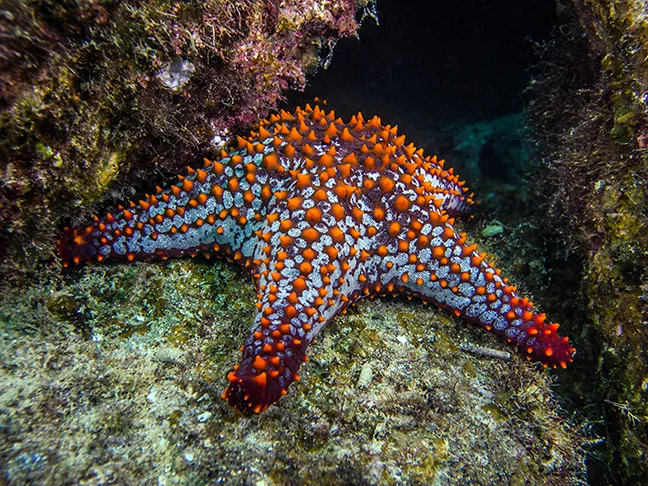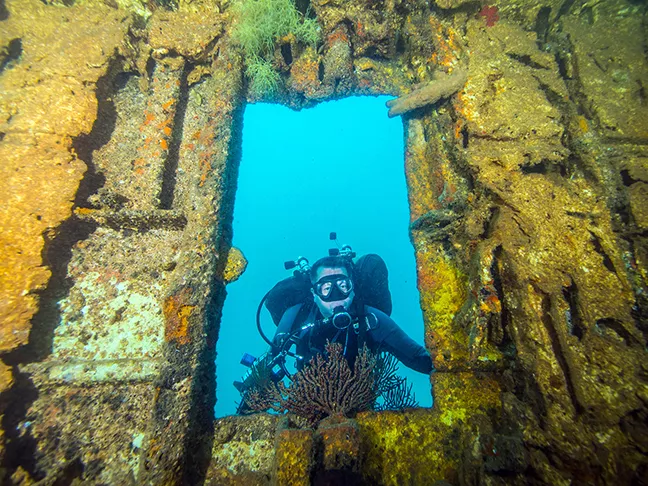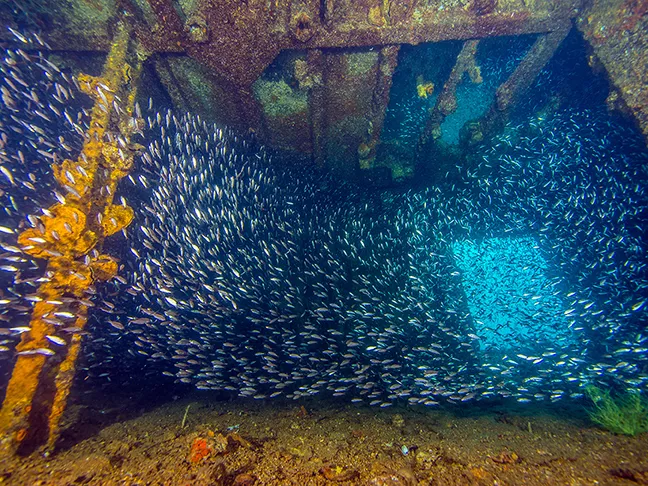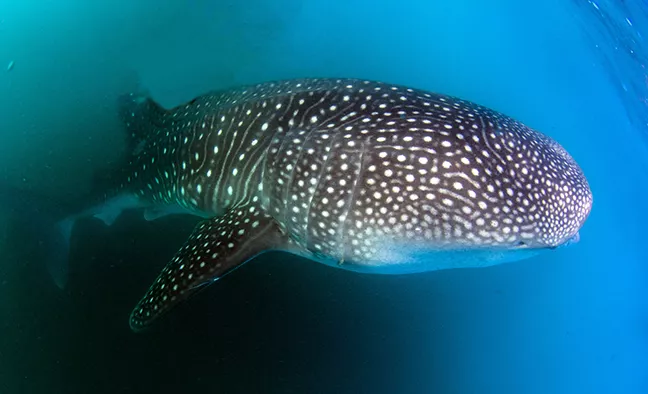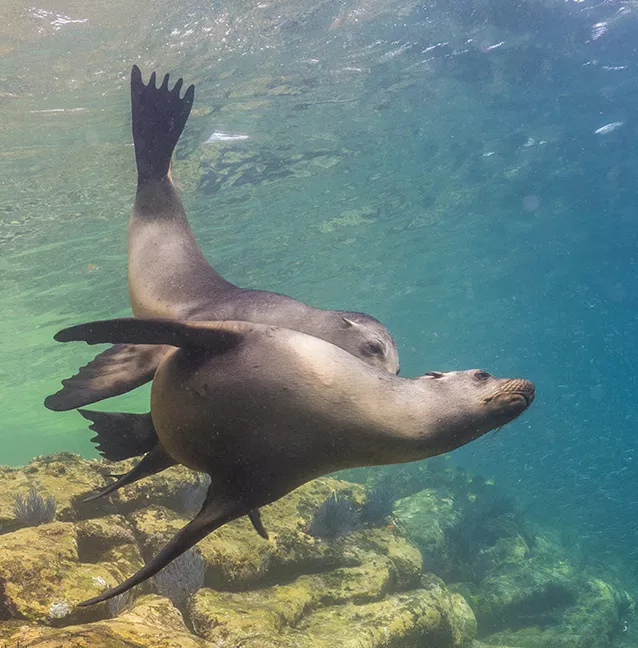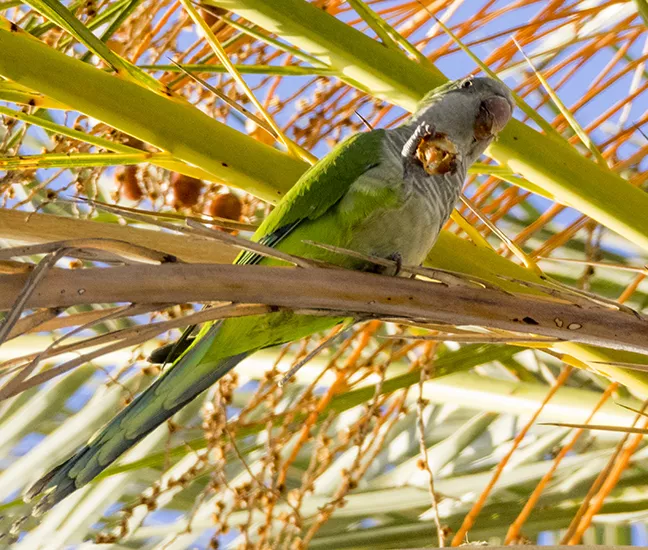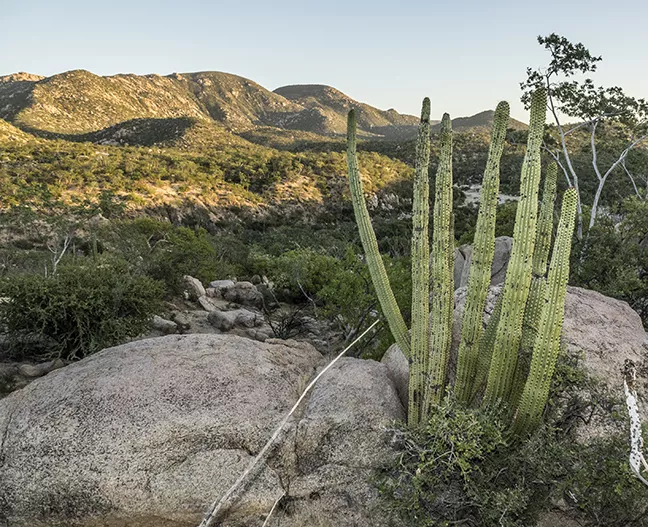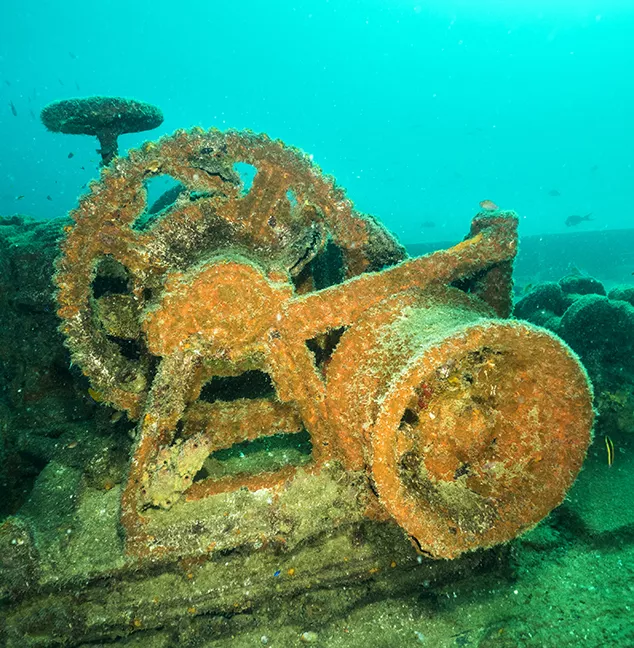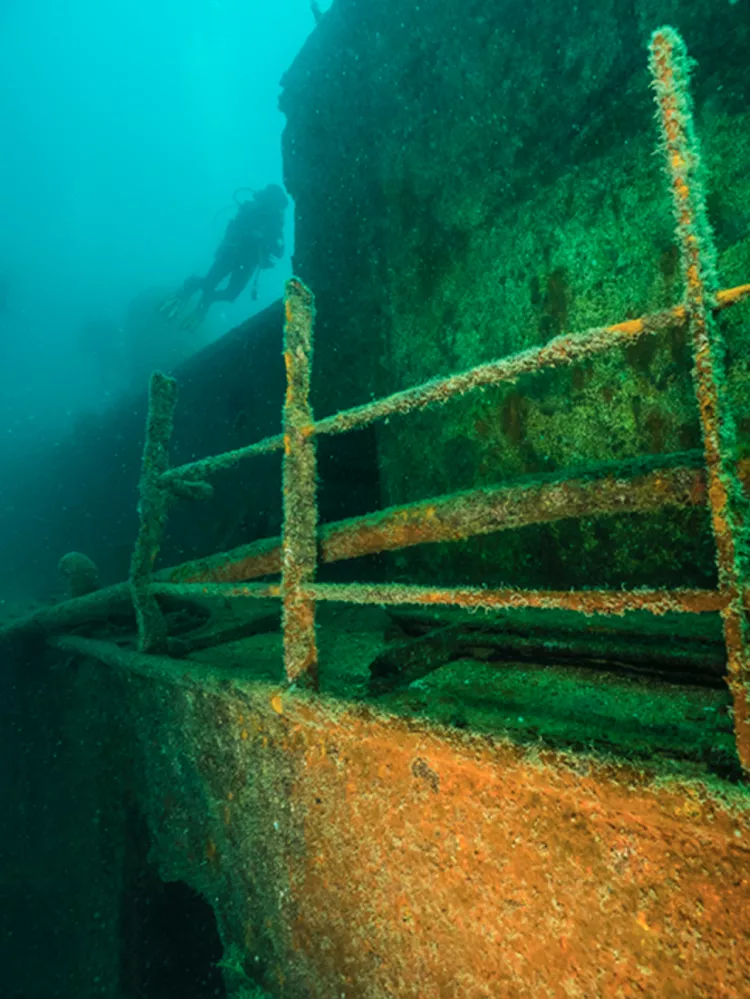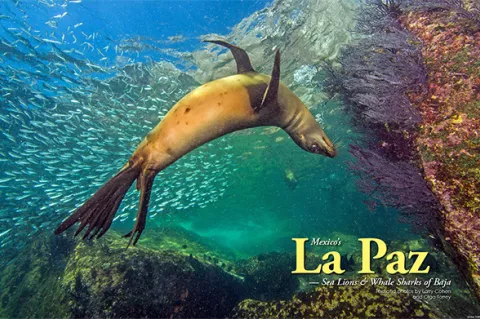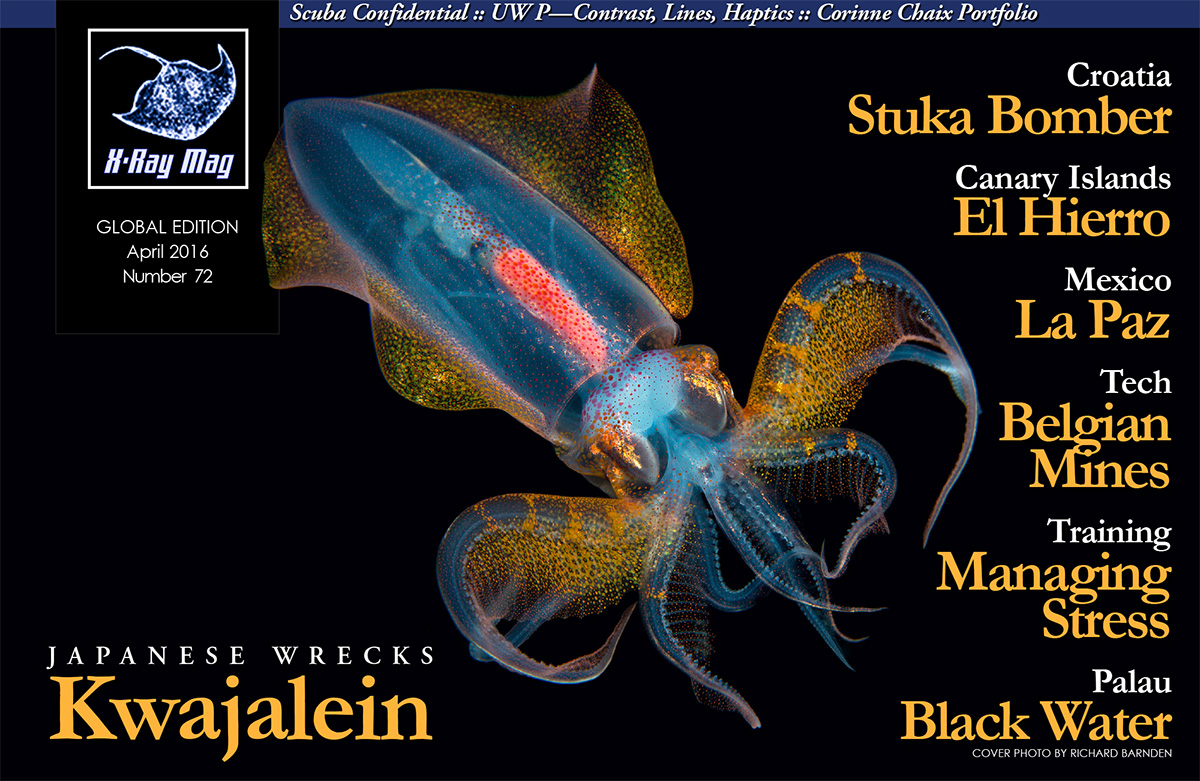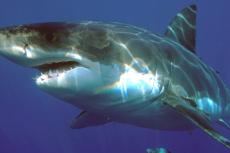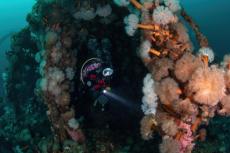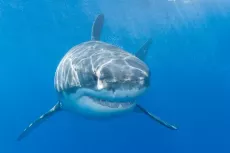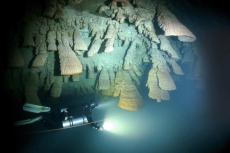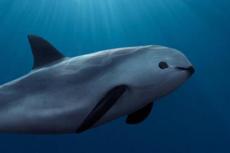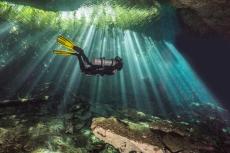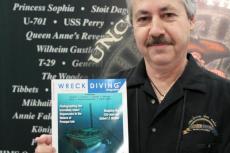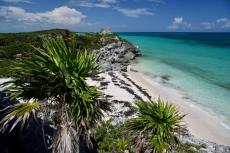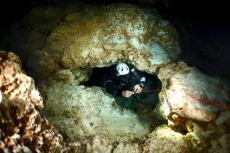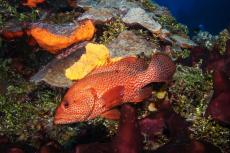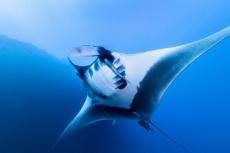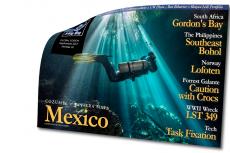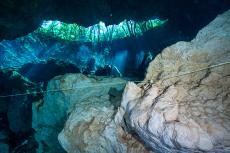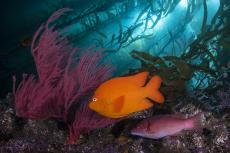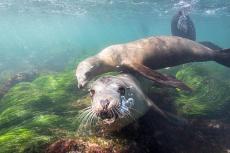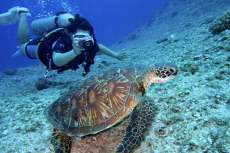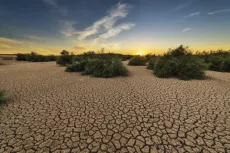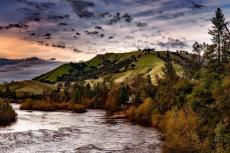Baja California is a peninsula in the western section of Mexico. The peninsula has the Pacific Ocean to the west and is separated from the mainland by the Gulf of California (also known as the Sea of Cortez) to the east. These waters are home to 39 percent of the world's marine mammal species. Nine hundred species of fish and five of the world’s seven endangered species of sea turtles live here.
Contributed by
Factfile
Larry Cohen and Olga Torrey are well-traveled and published underwater photographers based in New York City, USA.
They offer underwater photography courses and presentations to dive shops, clubs and events.
For more information, visit: Liquidimagesuw.com.
In the north are the cities of Mexicali, Ensenada and Tijuana. California's San Diego is just across the border. Many liveaboard dive boats disembark from Ensenada. In the south is the city of Cabo San Lucas. Cabo is a party town that feels more like a city in the United States than in Mexico.
Just a three-hour drive north of Cabo is the capital city of Baja California Sur, La Paz. This city has a small town feel and is on the Gulf of California coast. La Paz literally means “The Peace”. There are still many tourists from around the world visiting La Paz, but most are interested in the natural world instead of the bar scene. La Paz does have the Malecon. This street runs in front of the coast and has its share of bar and restaurants.
This does not stop a variety of water birds from hunting in the bay just in front of the Malecon. Palm trees in between the bars are home to many birds, including woodpeckers and wild parakeets. The parakeets eat dates from the trees and also drop many of them on the ground. Hungry underwater photographers and divers pick up the dates as they are a great snack to go along with their beer! Along the Malecon are many sculptures with an environmental theme. Even the trashcans are in the shape of turtles and sea lions.
Whale sharks
The waters off La Paz are nutrient-rich with plankton, so visibility is low. Just 15 minutes off the shore are the breeding grounds for whale sharks. These whale sharks are the largest known species of fish, growing to 12.5m (41ft) and weighing as much as 35,833kg (79,000lbs). They are filter feeders, moving slowly through the water as they feed on tiny plankton.
Scuba diving with whale sharks is prohibited. The whale sharks off La Paz are 7m (23ft) to 10m (33ft) in length. The boat captain from The Cortez Club and other operations drops snorkelers in the water just in front of the whale sharks. The snorkelers then let the fish swim towards them. Swimming after the whale sharks is fruitless, as even baby whale sharks can easily swim faster than most snorkelers. After the whale sharks pass, the boat pick ups the snorkelers to try another pass. This is tiring and frustrating, but being in the water with these extraordinary animals is a remarkable experience.
Sea lions
Isla Espíritu Santo is a two-hour boat ride from La Paz. This island is protected and part of the Biosphere Reserve by UNESCO. The Nature Conservancy continues to get other areas in Mexico to be protected. The highlight for divers and snorkelers is the large sea lion colony to the north of the island.
From just under the surface to about 60ft (18.29m) of water is a playground for sea lions. They are unafraid of people, so it is not unusual for them to come over and look the divers in the face. The pups would compete with each other for the attention of the photographers. It was heartwarming to see the way the pups and cows affectionately play with each other. The huge bulls would swim by, watching over this frantic scene.
Visibility is not very good due to the plankton-enriched water but because of this the area is teeming with life. Many fish swim along with the sea lions. Large schools of sardines would come in waves creating even worse visibility. But seeing the large sea lions through the curtain of sardines was a miraculous, visual experience.
Other adventures
Baja Expeditions is one of the many operations that run trips to Isla Espíritu Santo. They have a campground set up on the island. Roomy tents with comfortable cots allow guests to do more exploring the next day. The food and drinks supplied by Baja is abundant and scrumptious.
Baja Expeditions also works with Ecology Project International to bring groups of schoolchildren to the island. Besides hiking and learning firsthand about the environment, the children get to snorkel in these marine-rich waters. Some of them are from overseas, but 70 percent are local residents who come from all over Mexico for this incredible experience.
When camping on Isla Espíritu Santo, you could do a night dive on the rocks, just a short boat ride away. The rock wall has a variety of marine life including sea stars, moray eels, puffers, sergeant majors and hinds.
Between Isla Espíritu Santo and La Paz are a number of shipwrecks. The Fang Ming wreck sits intact and upright in 21m (70ft) of water. The Mexican government confiscated the ship for illegally transporting immigrants. On 18 November 1999, it was sunk as an artificial reef. The wreck attracts a profusion of marine life. There are many open cargo holds that are easy to penetrate with many fish inside. There are schools of sardines swarming around the exterior of the wreck. Machinery can be found on the deck with scorpion fish lying close by and circling Mexican hogfish.
Land adventures
Just outside La Paz, there are many land areas to explore. The town of Todos Santos is worth visiting. The town was founded in 1723 by Jesuit Missionaries (the name means “All Saints”). This small town has colonial architecture and cobblestone streets. In the center is the Hotel California, made famous by the rock band The Eagles in their 1976 hit song with the same title.
The hotel opened in 1950 by a Chinese immigrant Mr Wong. Wanting the locals to think he was Mexican, he changed his name to Don Antonio Tabasco. However, this did not work and the locals called him “El Chino,” (meaning “The Chinese Man”). Todos Santos also has many natural areas to view birds and other wildlife. Horseback riding is a good way to see the countryside. The Tortugueros Las Playitas have a turtle egg incubation facility. On most nights between November and February, hatchlings are released on the beach.
Much of the landscape off the ocean is desert. The Cacachilas mountain range is located south of the city. These mountains are home to indigenous rock art. The sites are not officially open to the public since they are vulnerable to looting, vandalism and weathering. Anibal Lopez and his organization, Bajaocre.org, are working to protect and promote these culture heritage sites. They give presentations in middle schools and universities. In this area, one can find many different kinds of cactus and other plants. There are also many local farms. Wild animals including snakes can also be found.
Diving with sea lions is an encounter every diver needs to experience. It is as much fun as you can have underwater. Snorkeling with whale sharks makes you realize how large nature is and how humanity is just a small part. Between these underwater adventures and the majestic scenery above water, La Paz is a place everyone needs to visit. ■
Published in
-
X-Ray Mag #72
- Läs mer om X-Ray Mag #72
- Log in to post comments

